Objectives of the service

The objectives are driven by the user needs, and are as following:
-
User-Centred Design with forestry stakeholders
-
Technical Benchmarking of ecoacoustic and satellite data (e.g., Sentinel-2)
-
Market Validation to ensure scalability and relevance across targeted regions.
Users and their needs
Our primary users are forest owners and forest managers in Denmark, Estonia, and Finland - key decision-makers responsible for daily forestry operations such as thinning, pest control, and planning for regeneration. Their input is essential for training and validating the BAT (Biodiversity Assessment Tool) platform.
Forest Owners need:
-
Actionable insights for timely interventions (e.g., pest outbreaks)
-
Clear, simple decision-support for operational planning
-
Assurance that operations align with sustainability goals
Forest Managers focus on:
-
Long-term productivity and biodiversity health
-
Meeting regulatory compliance and ESG standards
-
Integrating innovative monitoring tools into existing workflows
By working closely with these stakeholders through co-designed experiments and iterative feedback loops, we ensure BAT delivers usable outputs such as biodiversity indicators and early warnings.
Key challenge: Meeting the high standard of scientific reliability while ensuring outputs are simple, actionable, and compatible with existing digital workflows.
Service/ system concept
The Biodiversity Assessment Tool (BAT) empowers forest managers with actionable insights into forest health by combining acoustic recordings and satellite imagery. Users receive biodiversity indicators and early warnings of ecosystem stress, such as pest outbreaks or declining habitat quality.
BAT listens to the forest. Using small, weatherproof audio sensors placed in the field, it captures the daily rhythms of nature, from birdsong to insect activity, thus dealing with both micro and macro fauna. In parallel, satellite data (i.e. from Sentinel-2) monitors vegetation changes across large areas. These two data streams — sound and image — are processed using advanced algorithms that detect patterns linked to biodiversity shifts and environmental stressors.
The system is modular. Acoustic and satellite data are first analyzed separately to identify patterns. These insights are then combined into clear, easy-to-understand outputs: biodiversity scores, alerts, and trend visualizations. This multi-layered view helps forest managers make faster, smarter, and more sustainable decisions.

Currently tailored for forest owners and managers in Denmark, Estonia, and Finland, BAT is designed to scale with local feedback and scientific rigor, bringing the art of listening and the science of monitoring into harmony.
Space Added Value
BAT leverages Sentinel-2 multispectral satellite imagery to track forest health at scale.
Key vegetation indices, such as NDVI and NDMI are derived by processing specific spectral bands (e.g., red and near-infrared), enabling early detection of canopy stress, pest outbreaks, or structural changes.
The imagery pipeline outputs geo-referenced vegetation health metrics tied to the same spatial tiles and timestamps as the acoustic data. This structured integration enables our neural models, including convolutional variational autoencoders (VAEs), to exploit spatial structure in satellite imagery.
By combining EO data with on-site acoustic monitoring, BAT aims beyond traditional forestry tools to offer a multidimensional, science-based view of ecosystem integrity, all made possible through space technology.
Current Status
A working system prototype of the BAT was successfully developed and deployed/tested in Dyrehaven forest-park, producing promising results in time-series biodiversity tracking and spatial risk mapping. Throughout the study, we engaged with over a dozen stakeholders across Denmark, Estonia, and Finland - including foresters, agricultural chemical companies, regulatory bodies, and forestry advisors. They provided actionable insights and confirmed strong early user demand. These engagements, coupled with field validation, enabled the development of a phased commercial roadmap grounded in real-world needs, user feedback, and concrete partnership opportunities.



